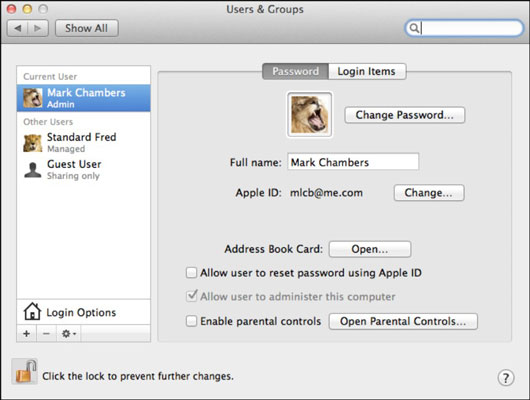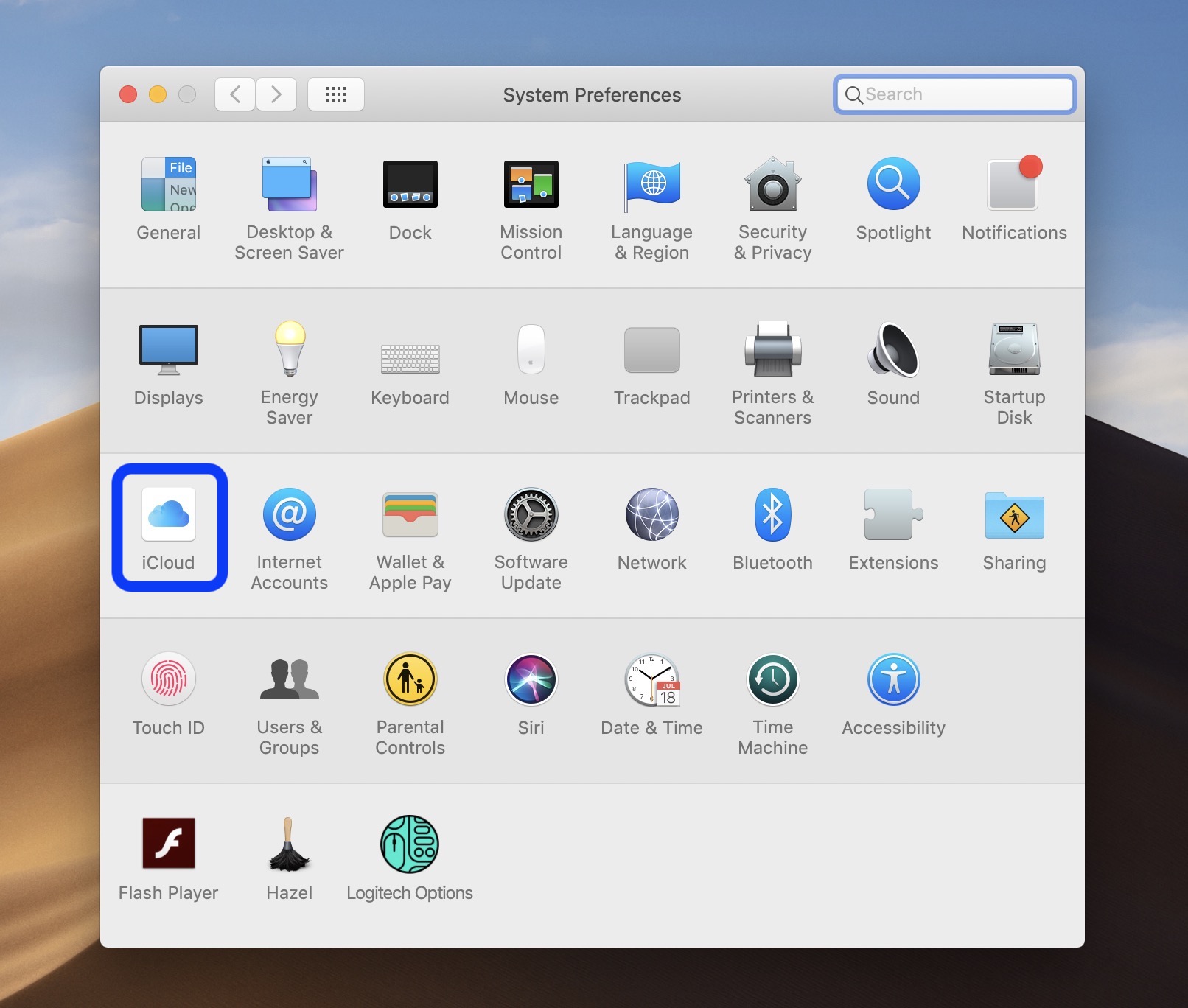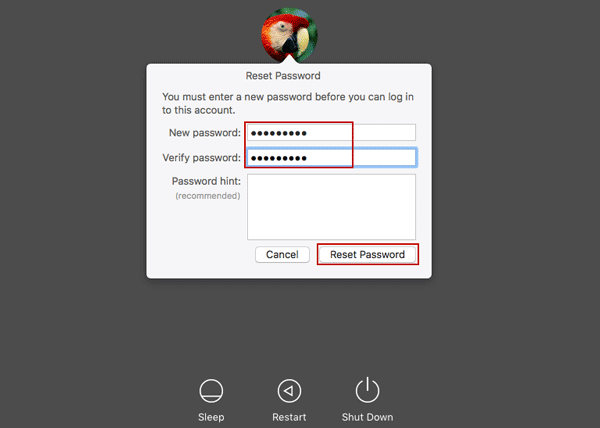

Apple's Universal support document says most trackpad gestures built for iPad's cursor support will work using the Mac. That's especially great when you're chatting with friends or coworkers on your iPad you won't need to use the virtual keyboard. You have the ability to copy and paste from the Mac to the iPad too-you can either use trackpad and mouse gestures or keyboard commands (Command-C to copy on one device and Command-V to paste on the other). If you're using Universal Control with a second Mac, you have the ability to drag files between the two you can also drag files from the Mac to the iPad Files app. Perform the following steps in the order specified: Launch System Preferences. You can also use the Apple Pencil to sketch drawings on your iPad and use your mouse to drop into Keynote on the Mac. Users & Groups, If this setting is disabled. Universal Control is best for dragging and dropping content and files between two operating systems-all while using one keyboard and mouse.įor example, you can drag photos from your Mac to iMessage or the Photos app on your iPad. Enable Restrictions for System Preferences Panes, Allow or hide the System Preference panes on macOS devices. How do you bind a mouse on a Mac keyboard In the System Preferences window, click the. Check the radio button labeled On in the Mouse Keys section (Figure 1). When we find System Preferences, were going to give. By default, Mouse Keys may be turned on in the Universal Access panel of System Preferences: Chose Apple menu > System Preferences, and click Universal Access.
How to turn on univeral access on mac system preferences windows#
It doesn't extend your Mac's display, so you can't use it to drag apps or browser windows back and forth between the two devices. In order to do this, were going to scroll down on our Mac to the very bottom of the screen 2. Universal Control isn't meant to replace SideCar. Click on your iPad or Mac under Link Keyboard and Mouse.(If you don’t click either option, your Mac will shut down automatically after a few minutes.) Press Control+Eject (or press the power button).


A dialog box appears, asking whether you’re sure you want to shut down.
On your Mac, open System Preferences and then Displays You have three ways to shut down your Mac: Choose the Apple keyShut Down. You can adjust these settings for each Universal Control-capable iPad or Mac you have. Automatically reconnect to any nearby Mac or iPad: Allow this Mac to automatically reconnect to any nearby Mac or iPad you’ve previously connected to. Push through the edge of a display to connect to a nearby Mac or iPad: Allow the cursor to connect to a nearby Mac or iPad by pushing against the edge of the display. After opening the Accessibility window scroll down the left side of the window and select the Switch Control option. Allow your cursor and keyboard to move between any nearby Mac or iPad: Your cursor and keyboard can be used on any nearby Mac or iPad signed in to your iCloud account. This makes the options more accessible, especially for users who might not think to dive into the Advanced menu to adjust Universal Control.Ĭlicking on the Universal Control toggle in System Preferences reveals the same options that have been there since the feature first launched: Using the Keyboard Universal Access Features on the Mac Choose System Preferences to display the System Preferences window. On the Mac: Universal Control settings can. Today’s release of macOS Monterey 12.3 beta 3, however, gives Universal Control a dedicated toggle in the main interface of the Displays portion of System Preferences. On the iPad: Access the Settings app > General > AirPlay & Handoff > Cursor and Keyboard toggle. In previous betas of macOS Monterey 12.3, these controls were hidden in the Advanced option in the Displays pane of the System Preferences app. While the premise of Universal Control centers is having virtually no setup process, the reality is that sometimes you’ll need to adjust the feature’s settings to your liking. Network preferences even has an Assist me button to help you troubleshoot connection problems. Some preferences have multiple panes you access by clicking the tab buttons. Click the Apple logo at the top of the screen and select System Preferences. These updates contain the long-awaited Universal Control feature, and today’s macOS Monterey 12.3 beta continues to iterate on the feature - specifically in regard to controls in System Preferences. Speech preferences Universal Access preferences The easiest way to learn about the many options in System Preferences is to explore the different preference panes. Apple today released the third betas of macOS Monterey 12.3 and iPadOS 15.4.







 0 kommentar(er)
0 kommentar(er)
